Now and then a new client comes into my office who likes to eat beans. This is rare. Firstly because most Australians are not familiar with how to make legumes taste good. And secondly, people who eat beans a lot tend to live longer and not get sick as much – so won’t end up in my office as often. Out of all the healthy foods around, in my understanding, beans are the ultimate superfood. In this post I want to sell you on beans – so you’ll never want to go another day without eating them. It means I may never make a cent off you – because you get so healthy – and that’s my aim.
Beans help you live longer without disease
Have you heard about the Blue Zones? Those areas of the world where people live the longest disease-free lives. <Read about them here>.
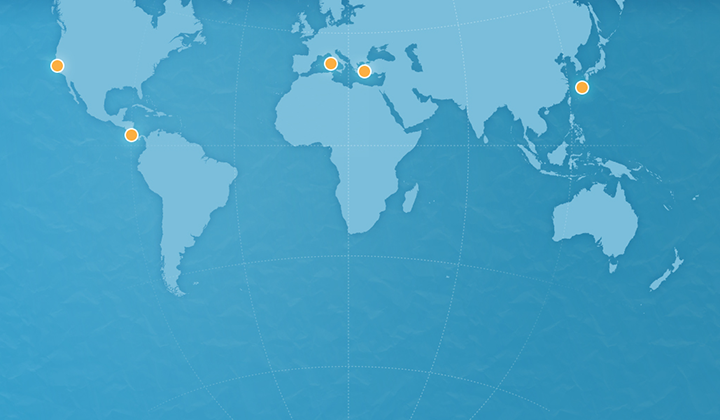
One thing they all have in common is that the people in them eat a full cup of beans every day. So regardless of what nutrition propaganda you’ve heard about lectins, phytates and starchy carbohydrates, you can be certain these things cause no problems at all, in terms of longer healthy living. (You can read more about the actual <benefits of phytates> at my blog post.)
Beans are the ultimate superfood for living a long, healthy life.
Beans help weight loss
Firstly, have no fear that these starchy carbohydrates will make you fat. 1 cup of beans, lentils or split peas contains a maximum of 250 calories (much less for split peas). But approximately ⅓ of those calories is fibre – mainly the valuable soluble fibre – and another ⅓ is resistant starch (more about both of these coming up). Fibre and resistant starch do not absorb into the body, meaning that only ⅓ of the calories of beans gets absorbed.
Further, fibre stops fats you eat with it being absorbed also (to some extent), meaning you get to eat something tasty but without adding more fat to your stomach! And all this fibre makes you feel full so you don’t care to overeat. Beans are the ultimate superfood for weightloss!
Beans help balance hormones
In the Western world, we have a silent epidemic of women with period problems. Pain and discomfort and excessive bleeding and fibroids and painful ovarian cysts and endometriosis and infertility seem to be the norm these days. And it shouldn’t be so!
Women’s hormones are way out of whack!
But it isn’t the same in the areas of the world where women eat a lot of beans. Because beans help the body get rid of the excessive hormones that cause these problems.
Our bodies have a remarkable ability to balance our own hormones. Hormone replacement therapies of all sorts (from sex hormones to thyroid to insulin to cortisol) are like kindergarten compared to our own body’s incredible system. Minute by minute our neurotransmitters are sensing and sending out information to our pituitary gland and other glands, to adjust the amounts of hormones being released according to what is currently in the blood.
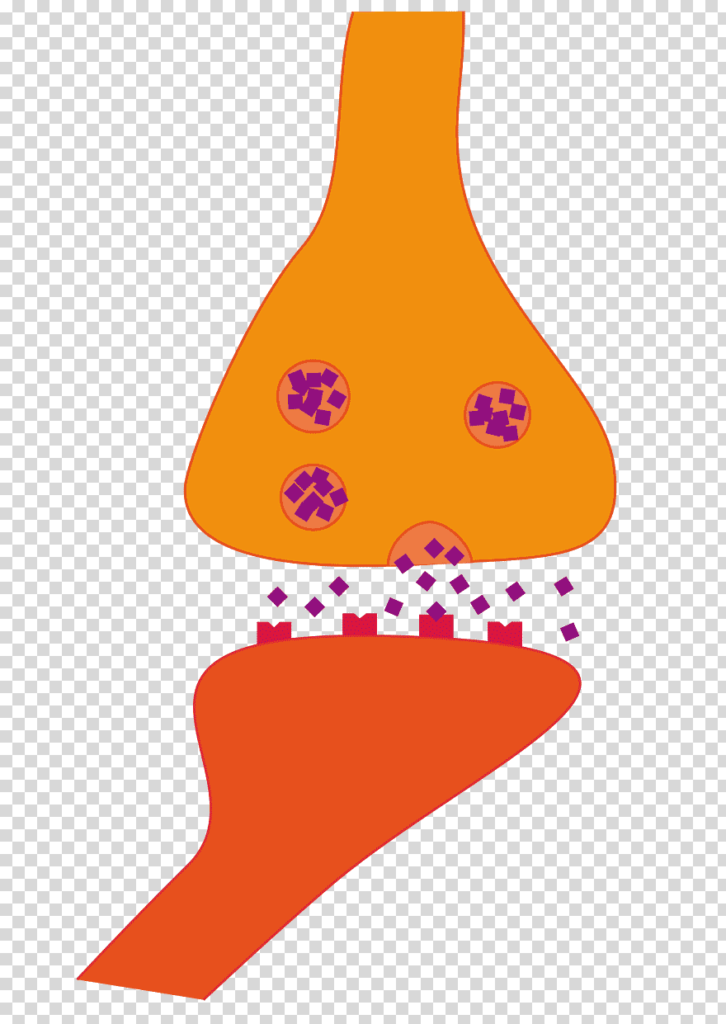
Each one adjusts according to the others – all of our hormones work as a team. If one is out of whack, it affects all of the others. Our hormonal (endocrine) system is a supercomputer on its own.
Excessive hormones of any type are passed through the liver which moves them out into the bile duct and away for complete clearance from the body. The only problem is that this clearance system doesn’t work too well in a diet without beans in it. As I will now explain.
The beany-clearance system
This bile carrying all the excessive hormones reaches the gall bladder. As soon as we eat anything with a little fat in it, the gall bladder gives a squeeze and the bile and the rubbish are pushed out – into the small intestine. That is the plan. It should be ‘goodbye’ to the excessive oestrogen, excessive testosterone, excessive cortisol, excessive insulin, excessive thyroid hormone and the heavy metals and cholesterol too – all of which cause awful problems if left in the body.
The idea is that it should go through the intestines and out into the toilet.
For Westerners, however, this system does not work properly.
Why this system does not work for us
Further down the small intestine, where more fats are absorbed, a problem occurs. You see, bile is made of fat itself (cholesterol, which is fat, makes bile). Further down the small intestine, about 98% of the bile of Westerners gets reabsorbed back into the body – into the bloodstream. And you know what gets absorbed with it? All those hormones the body is trying to clear.
This system has a scientific name. It is ‘entero-hepatic recirculation’. Entero refers to the gut (intestines) and hepatic means the liver. It is the ‘liver to gut clearance system’ – that ends up being a recirculation system.
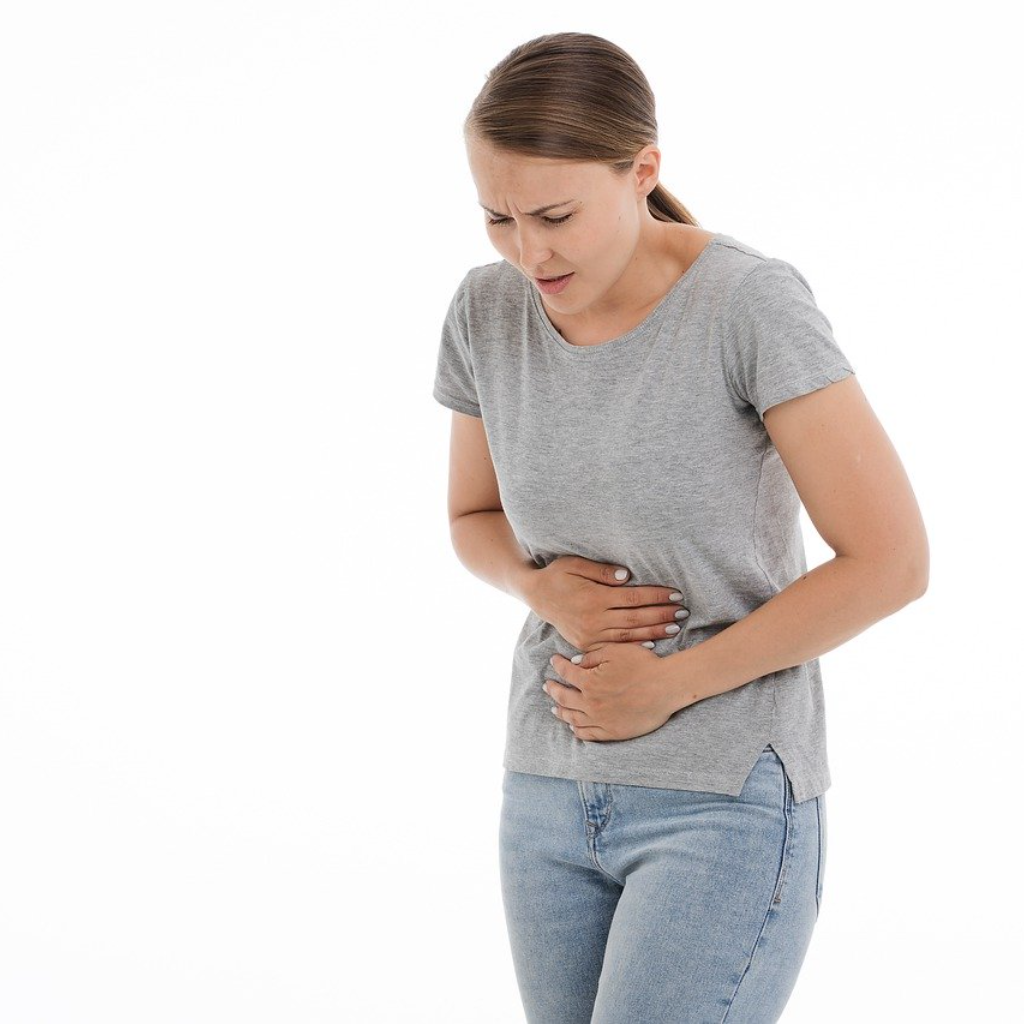
The problem with the clearance system is that in order for the bile to actually pass OUT of the body, it needs to not be reabsorbed. It needs something to hold it in the intestines as it passes the fat-absorption areas. The thing that will hold it in the intestines so it can’t be reabsorbed is soluble fibre.
There is a little bit of soluble fibre in all plant foods like vegetables and whole grains and even in white bread, and quite a lot in psyllium husk and oats, but there is 5 – 10 times as much in beans and lentils. This soluble fibre forms a chemical bond with the fatty bile, won’t allow it to reabsorb further down (as no fibre is ever absorbed) – and out to the toilet all the junk swishes! Surely, beans are the ultimate superfood!
The liver is then able to keep on clearing excessive hormones until all the period problems go away, and all the other hormonal issues begin to resolve. This is not the only thing needed for solving hormonal problems but it is an important key that has to be righted.
Beans clear cholesterol
Since bile is made up of cholesterol, it stands to reason that the more bile that reaches the toilet, the more cholesterol is lost from the bloodstream. This is correct. Eating beans can drop your cholesterol as effectively (and more safely) than a drug.
Canadian researchers found that people eating about one serving of legumes a day dropped LDL cholesterol by 5% on average, in six weeks. And this was without changing anything else in the diet.
Another diet which included daily serves of legumes, the Portfolio Diet, achieved these results: After one year, the LDL cholesterol of participants eating all this “sticky fibre” dropped, on average, 13%. The more closely the participants followed the diet, the lower their cholesterol levels dropped. The nearly one-third of participants who stuck most closely to the diet reduced their LDL levels more than 20%. Dr. David Jenkins, the head researcher from the University of Toronto, noted that these improvements approach the levels seen with low-dose statins.
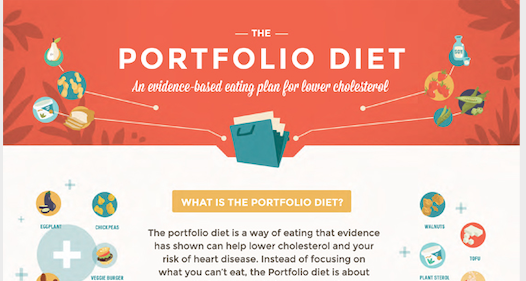
You can get an infographic of the Portfolio diet recommendations at the popup form on this page. (Refresh the page if you missed it).
Beans are the ultimate superfood for lowering cholesterol.
Beans are best for diabetes
It’s not just cholesterol that lowers with bean eating. Dr Jenkins also studied people with Type 2 diabetes. He compared a diet high in whole grains and a diet high in beans to see which diet worked best for diabetes. He measured both fasting glucose levels and HbA1c (the longer-term blood sugar control marker). In both cases, beans came out the winners. You can read about that study <here>.
Beans are the ultimate superfood for diabetes!
Beans help prevent colon cancer
We have looked at the benefits of the sticky soluble fibre of beans to balance hormones, reduce cholesterol and manage diabetes. Now we look at the benefit of the other type of fibre in beans: resistant starch.
Resistant starch is a type of fibre that provides energy for particular beneficial bacteria in our large intestines. As this bacteria is fed, it releases a chemical called butyric acid. This chemical protects the cells of the colon from the inflammation that precedes colon cancer.
Resistant starch is found in cold potatoes, cold rice, whole grains like barley and especially in legumes. Australians only get about 3 – 9 grams of resistant starch daily; 15 – 20 grams is needed to prevent bowel cancer. Legumes contain the most resistant starch, followed by corn, dry crackers made of whole grains and cooled potatoes.
Beans are cost-effective
Split peas, beans and lentils are as cheap as chips – but you knew that already. And our pantries are all full of them from COVID-19 stockpiling.

Vegans like me panicked upon seeing the shelves of grocery stores empty of dry beans. We practically live on them!
Now we can get busy eating our way through the stockpiles. I managed to find a large bag of Lupini beans which I have never tried before. They are incredibly high in soluble fibre but I just need to find a recipe.
Don’t like Beans?
At the bottom of this page you can get free recipes for beans and lentils on the “Get full of beans” form. These are some of my favourite recipes. I’ve found these can convert the most anti-bean person.
I also have a friend who has worked out how to get beans into practically every type of food. She has agreed to share her ideas here.
Ilse’s recipes:
Breakfast
35 g swiss muesli
2 tbs red kidney beans or black beans chopped/mashed 1 tsp chia seed
a sprinkle ground flaxseed
half tsp cinnamon (optional)
half a banana chopped
or blueberries can use frozen berries
Cover muesli with water and microwave for a minute. Stand for a bit. Add beans mix through add a dash of milk if you choose. Microwave 30 sec. Add chia, flaxseed, cinnamon, banana or blueberries.
Lunch
2 cups lettuce leaves, half a cup red onion, grated carrot, small can of chickpeas, cucumber
The chickpeas have enough dressing for this salad.
Dinner
Mushrooms, onion, tomato, garlic, chilli (opt.), red kidney beans (chopped or whole)
Saute mushrooms in a bit of olive oil spray. Add onion, cook a bit, then garlic & mix for a minute. Throw in fresh chilli (I like it spicy). Add chopped tomato and a bit of water (perhaps ¼ cup). When it thickens, add beans, heat and enjoy!
On a special diet? Can’t eat beans?
If you have digestive problems with beans, there are usually ways to get around them. Gas, stomach cramps, SIBO, on a low-FODMAP diet, low histamine diet, low potassium (renal) diet? All of these situations may mean beans must be limited. There are ways to get around this safely and without pain.
Organise a FaceTime or face-to-face consultation with a nutritionist to discuss your individual situation. Booking information <here>.
But please, for your health’s sake, don’t go another day without beans! And don’t forget to get your recipes at the bottom of this page.
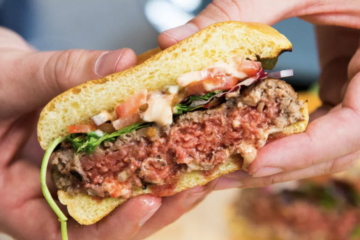
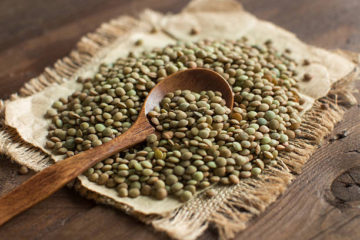
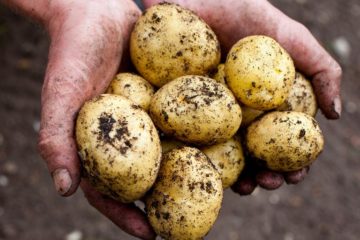
0 Comments